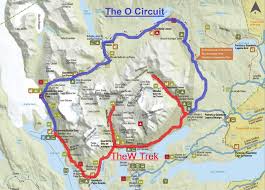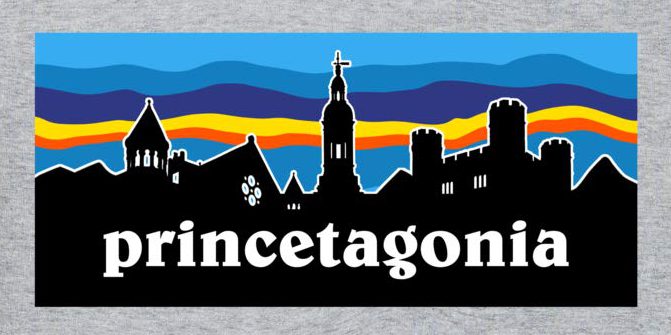The goals of the parks is to maximize tourism while conserving the nature that the tourists come to see. In order to accomplish this, parks must control the flow of tourists through a particular area to minimize human impact in these areas. This control is usually established through the creation of routes for biking, hiking, and driving (Ruiz, 746). However, because conservation has been historically controlled through “boundary-based forms of governance” (Ruiz, 746), controlling the mobility of people is difficult. The boundary-based forms of governance are a salute to traditional nature conservations where people determine a plot of land to be saved for the sake of nature; it is not for tourists nor for monetary profit. By changing these conservation areas to areas for profit, however, means that people must be let to enjoy the nature while having minimal impact on the land to keep the business going.

To maintain the control of the tourists, there are entrance fees, reservations needed prior to entering the park for campgrounds, and other forms of control over the tourists to create a sustainable park for tourism (Ruiz, 754).

By putting these rules in place, prior planning becomes a must for the responsible tourist. Many do follow these guidelines; however, there are significant amounts of tourists who either do not know of the planning necessary or hope to take advantage of the system’s inability to enforce certain rules (such as the no camping on non-designated grounds rule) due to the sheer size and accessibility of all park locations. Congestion in photogenic areas “has led tourists to find new lookouts in contiguous sites and consequently create new paths to reach them” (Ruiz, 753). These small actions, when repeated many times by thousands of tourists every season, have a lasting impact on the environment.

Park planners look at various models of human disturbance to create these trails for minimal impact. You can tell for the O circuit and W circuit by looking at the photos that generally these paths are not in the mountains and rather on flat areas where the land can handle more human activity.
Further Readings
José Barrena Ruiz, Machiel Lamers, Simon Bush, and Gustavo Blanco Wells, “Governing nature-based tourism mobility in National Park Torres del Paine, Chilean Southern Patagonia,” Mobilities 14, no. 6 (2019): 746, https://doi.org/10/1080/17450101.2019.1614335.

